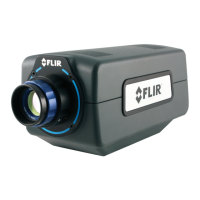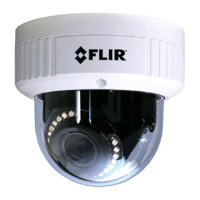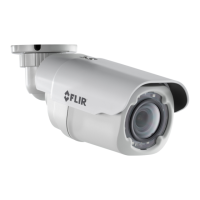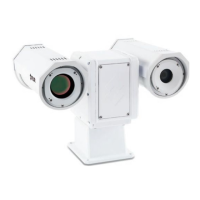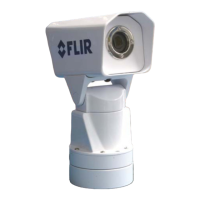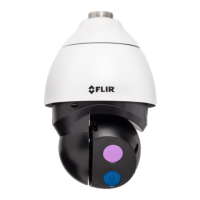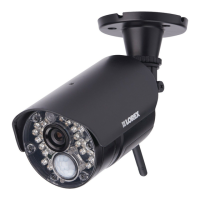9 – Infrared Primer
A6700sc/A6750sc User’s Manual
49
(after Gustav Robert Kirchhoff, 1824–1887), which states that a body capable of absorbing all
radiation at any wavelength is equally capable in the emission of radiation.
Figure 8-6: Gustav Robert Kirchhoff (1824–1887)
The construction of a blackbody source is, in principle, very simple. The radiation characteristics of an
aperture in an isotherm cavity made of an opaque absorbing material represents almost exactly the
properties of a blackbody. A practical application of the principle to the construction of a perfect
absorber of radiation consists of a box that is light tight except for an aperture in one of the sides. Any
radiation which then enters the hole is scattered and absorbed by repeated reflections so only an
infinitesimal fraction can possibly escape. The blackness which is obtained at the aperture is nearly
equal to a blackbody and almost perfect for all wavelengths.
By providing such an isothermal cavity with a suitable heater it becomes what is termed a cavity
radiator. An isothermal cavity heated to a uniform temperature generates blackbody radiation, the
characteristics of which are determined solely by the temperature of the cavity. Such cavity radiators
are commonly used as sources of radiation in temperature reference standards in the laboratory for
calibrating thermographic instruments, such as a FLIR Systems camera for example.
If the temperature of blackbody radiation increases to more than 525 °C (977 °F), the source begins to
be visible so that it appears to the eye no longer black. This is the incipient red heat temperature of
the radiator, which then becomes orange or yellow as the temperature increases further. In fact, the
definition of the so-called color temperature of an object is the temperature to which a blackbody
would have to be heated to have the same appearance. Now consider three expressions that
describe the radiation emitted from a blackbody.
Planck’s Law
Figure 8-7: Max Planck (1858–1947)
Max Planck (1858–1947) was able to describe the spectral distribution of the radiation from a
blackbody by means of the following formula:
